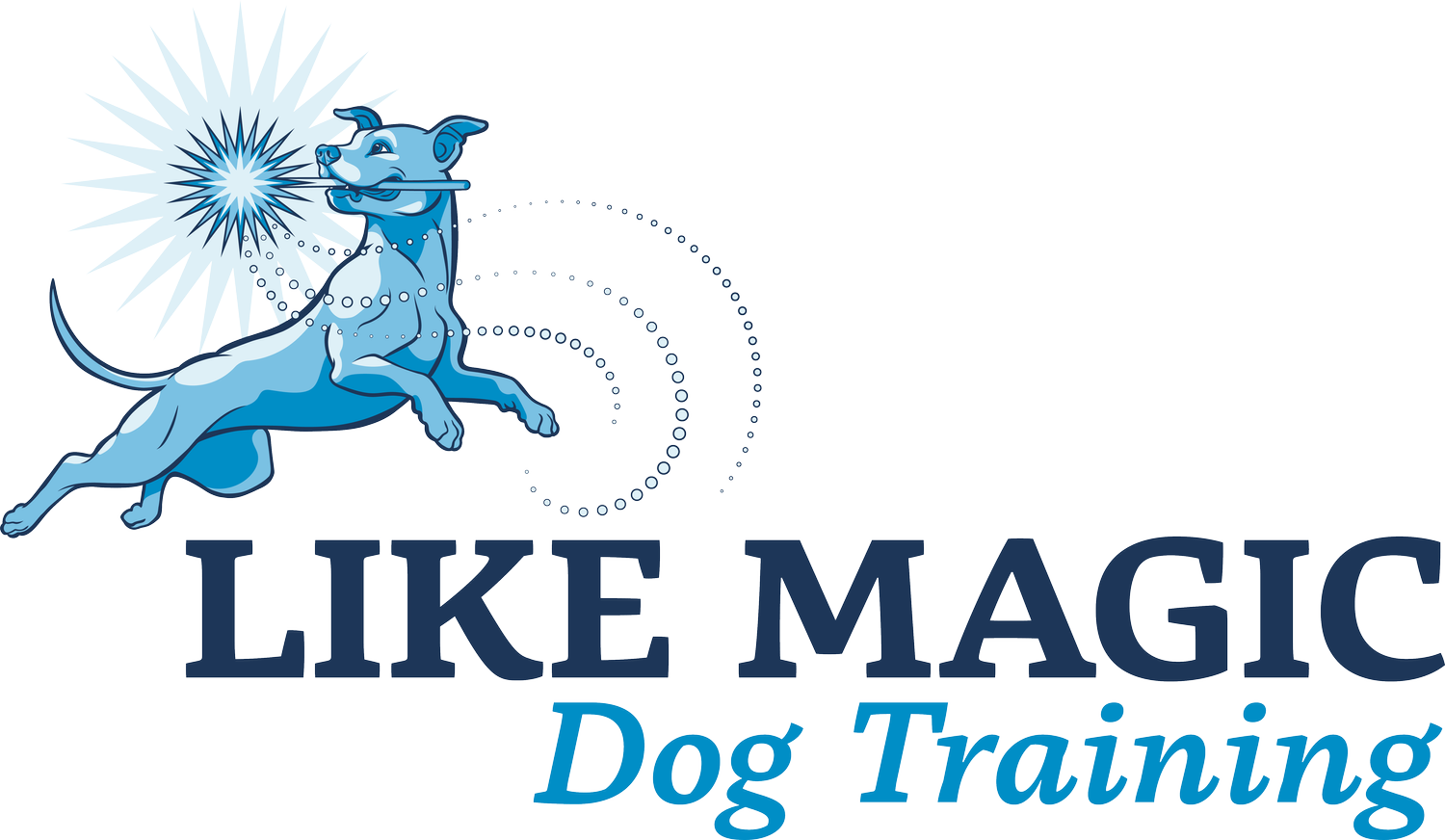Choosing Positivity
Note from the future: If you are new to this page, welcome! You should be aware that I have an updated post that (hopefully) includes some growth and nuance to this one, but is also about my personal methodology and training philosophy.
We live in a culture of instant gratification. You can stream television, curate your interests and contacts on Social Media, and reach anyone in the world at any time on FaceTime, Skype, or the now COVID-popular Zoom meetings. Even looking for advice on dog training, the internet has oodles of advice without even leaving the comfort of your home. With so many answers available, it seems inevitable that if we play the right card, click the right button, visit the right website or see the right person, we can find the answer and implement the solution to every challenge we face. We want it to be easy.
I often marvel at the world of dog training, and how successful marketing seems to be for trainers who use aversive techniques. There is a clarity in training with punishment - a product to buy, a result to see quickly and easily, a tool to sell you. Validation that yelling “no” was a productive use of your time. I get it. Successive approximations is a hard sell when your dog’s behavior is impacting your life now. You want the life with the dog you pictured in your head.
Stop. Rewind.
You want the life with the dog you pictured in your head.
That might make sense with another purchase - I expect my tv, my computer, my phone, to work the way I expect it to. My household appliances, my home itself, my car - they should be optimized to serve my needs. But a dog…that’s a living creature. And when we dig deep into the desire for training to mold your dog into the vision you wanted them to be - when you really examine that reaction…it’s an understandable impossibility. Dogs are going to be who they are, not who we thought they were going to be. And there is something beautiful, and difficult, and complicated about that relationship with them.
I think that outlook is the key to why punishment-based training - the sprays, the penny-cans, the e-collars and fences, the prongs, the choke chains - is appealing to many. Without a deeper look into the motivations for changing your dog, adding a punisher to suppress behavior that you dislike in your dog is often a quick route to behavior you prefer. With permission to be angry or even stern with your dog, we receive the emotional gratification of permission to express that frustration. Positive punishment often feels easier, in the moment.
So why not punish your dog? When you’re working with a positive trainer, they will probably discuss operant conditioning as a way that dog’s learn and a reason for their training approach. It’s entirely true that operant conditioning includes positive punishment (adding something to the environment that suppresses behavior), but Skinner, like so many scientific founders, was not considered terribly humane in his implementation of his studies, and in life with our dogs, we aren’t living in a laboratory. When we use punishment in training, we cannot predict exactly what our dog is associating with any given stimuli. They could associate it with the behavior we want to suppress, but they could also associate it with anything else in the environment, including you.
Our dogs are always learning. They’re learning what to associate us with, what to associate learning with, what to associate certain behaviors with. When punishment is included in a part of your training and your relationship, your dog can easily begin to associate you with the punishment of choice. The fallout of punishment is that while the dog may choose to behave in the moment, their underlying emotional state is not being improved, and they may not look to take cues from you when punishment is not in play. When you use reinforcement in your training, the goal is for the dog to associate the trainer with things they value, so by contrast the dog does look to the handler even with the primary reinforcer (toys, treats, etc) is not present.
Positive reinforcement training, limiting actions that are aversive for your dog may require a longer training plan, and more intensive work with both you and your dog. It may require a change of behavior on the part of the human in the equation, and often requires an adjustment in expectations from that human. But it is also more sustainable. The dog has clarity in what they will be rewarded for, and will seek that behavior out. They will place value on attention to their person and consider that person a source of reinforcement. It’s simply more sustainable and stronger, when implemented correctly. Training “force-free” encourages you to interact with your dog, play, reward, and love on your dog as much as you want. The more you bond with your dog, the more value you have for them. While behavior may come more gradually, they will stay engaged with learning and will be thrilled to keep working with you!

